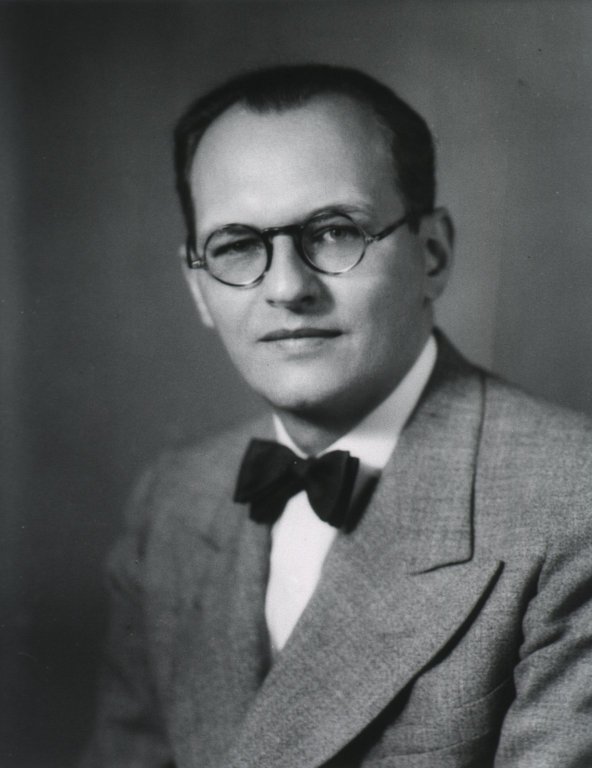Seckel syndrome
|
WikiDoc Resources for Seckel syndrome |
|
Articles |
|---|
|
Most recent articles on Seckel syndrome Most cited articles on Seckel syndrome |
|
Media |
|
Powerpoint slides on Seckel syndrome |
|
Evidence Based Medicine |
|
Clinical Trials |
|
Ongoing Trials on Seckel syndrome at Clinical Trials.gov Trial results on Seckel syndrome Clinical Trials on Seckel syndrome at Google
|
|
Guidelines / Policies / Govt |
|
US National Guidelines Clearinghouse on Seckel syndrome NICE Guidance on Seckel syndrome
|
|
Books |
|
News |
|
Commentary |
|
Definitions |
|
Patient Resources / Community |
|
Patient resources on Seckel syndrome Discussion groups on Seckel syndrome Patient Handouts on Seckel syndrome Directions to Hospitals Treating Seckel syndrome Risk calculators and risk factors for Seckel syndrome
|
|
Healthcare Provider Resources |
|
Causes & Risk Factors for Seckel syndrome |
|
Continuing Medical Education (CME) |
|
International |
|
|
|
Business |
|
Experimental / Informatics |
Editor-In-Chief: C. Michael Gibson, M.S., M.D. [1]; Associate Editor(s)-in-Chief: Vidit Bhargava, M.B.B.S [2]
Synonyms and keywords:
Seckel syndrome 1: Bird-headed dwarfism; Microcephalic Primordial Dwarfism 1; Nanocephalic Dwarfism; Seckel-type Dwarfism; Harper's Syndrome; Virchow-Seckel Syndrome
Seckel syndrome 2: Bird-headed dwarfism 2; Microcephalic Primordial Dwarfism 2; Seckel-type dwarfism 2
Overview
The Seckel syndrome or microcephalic primordial dwarfism is a congenital nanosomic disorder supposed to be caused by defects of genes on chromosome 3 and 18.It is characterized by Intrauterine growth retardation, along with growth & developmental delays even after birth. There are characteristic bird like facies with a beak like nose, microcephalic head, micrognathia(small head) and malformed ears. One form of Seckel syndrome can be caused by mutation in the gene encoding ataxia-telangiectasia and RAD3-related protein ATR which maps to chromosome 3q22.1-q24. This gene is central in the cell's DNA damage response and repair mechanism.
Historical Perspective
The syndrome was named after Rudolf Virchow and Helmut Paul George Seckel (American physician, 1900–1960).
Classification
The classification is based on the gene locus carrying the specific mutation.
SCKL1 casued by mutation in ATR gene on chromosome 3q22.1-q24;SCKL2 by RBBP8 gene on chromosome 18q11; SCKL3 on chromosome 14q; SCKL4 by CENPJ gene on chromosome 13q12; SCKL5 by CEP152 gene on chromosome 15q21; SCKL6 by CEP63 gene on chromosome 3q22; and SCKL7 by NIN gene on chromosome 14q22.
Pathophysiology
Genetics
Seckel Syndrome is caused primarily by a homozygous or a compound heterozygous mutation in a gene encoding ataxia-telangiectasia and RAD-3 related protein located on chromosome 3q22.1.q24. It is an autosomal recessive mutation. There are several other minor mutations that are associated with the disorder.
Associated Conditions
There is a group of disorders which are associated with primordial dwarfism.These disorders share overlapping features and need to be put into consideration for all cases of genetic dwarfism's. Seckel Syndrome being one of them. The others included in this group are ear patella short stature,russell silver syndrome and majewski osteodysplastic bird head dwarfism.
Gross Pathology
Microscopic Pathology
Differential Diagnosis
Epidemiology and Demographics
Risk Factors
Screening
Natural History, Complications and Prognosis
Diagnosis
History
A directed history should be obtained to ascertain
Symptoms
- Achondroplasia
- Cryptorchidism
- Dislocations of pelvis and elbow
- Low birth weight
- Low ears
- Microcephaly
- Pancytopenia
- Severe mental retardation (more than half of the patients have an IQ below 50)
- Small chin
- Unusually large eyes
